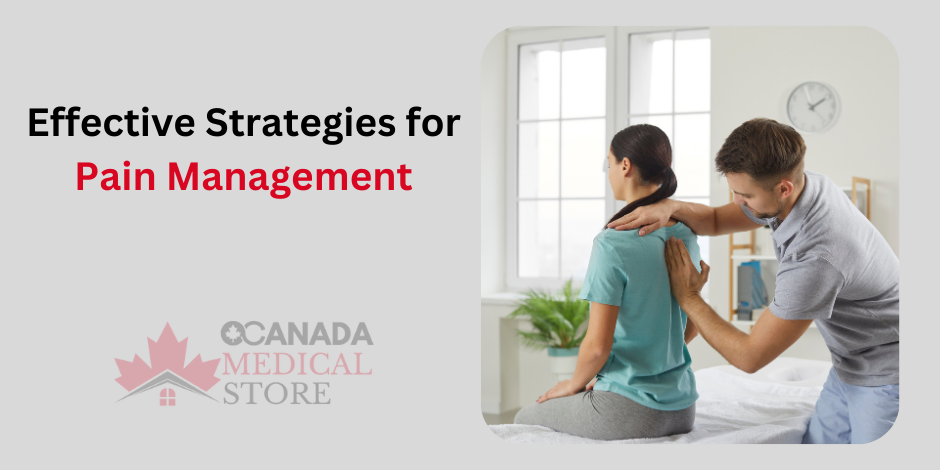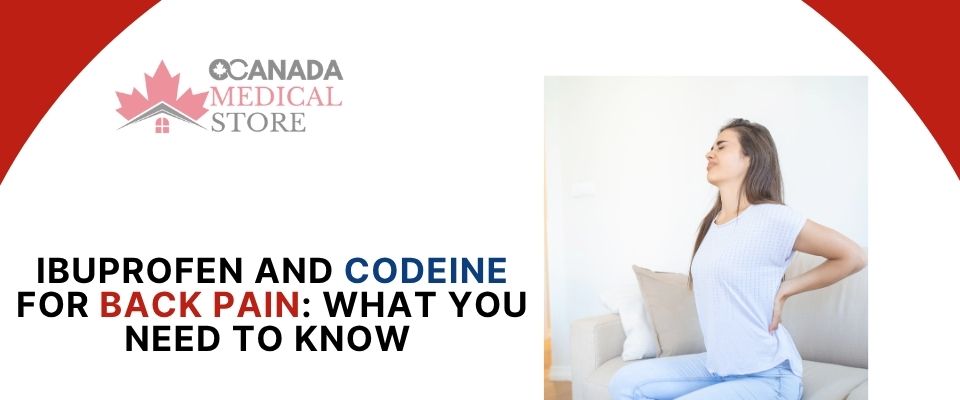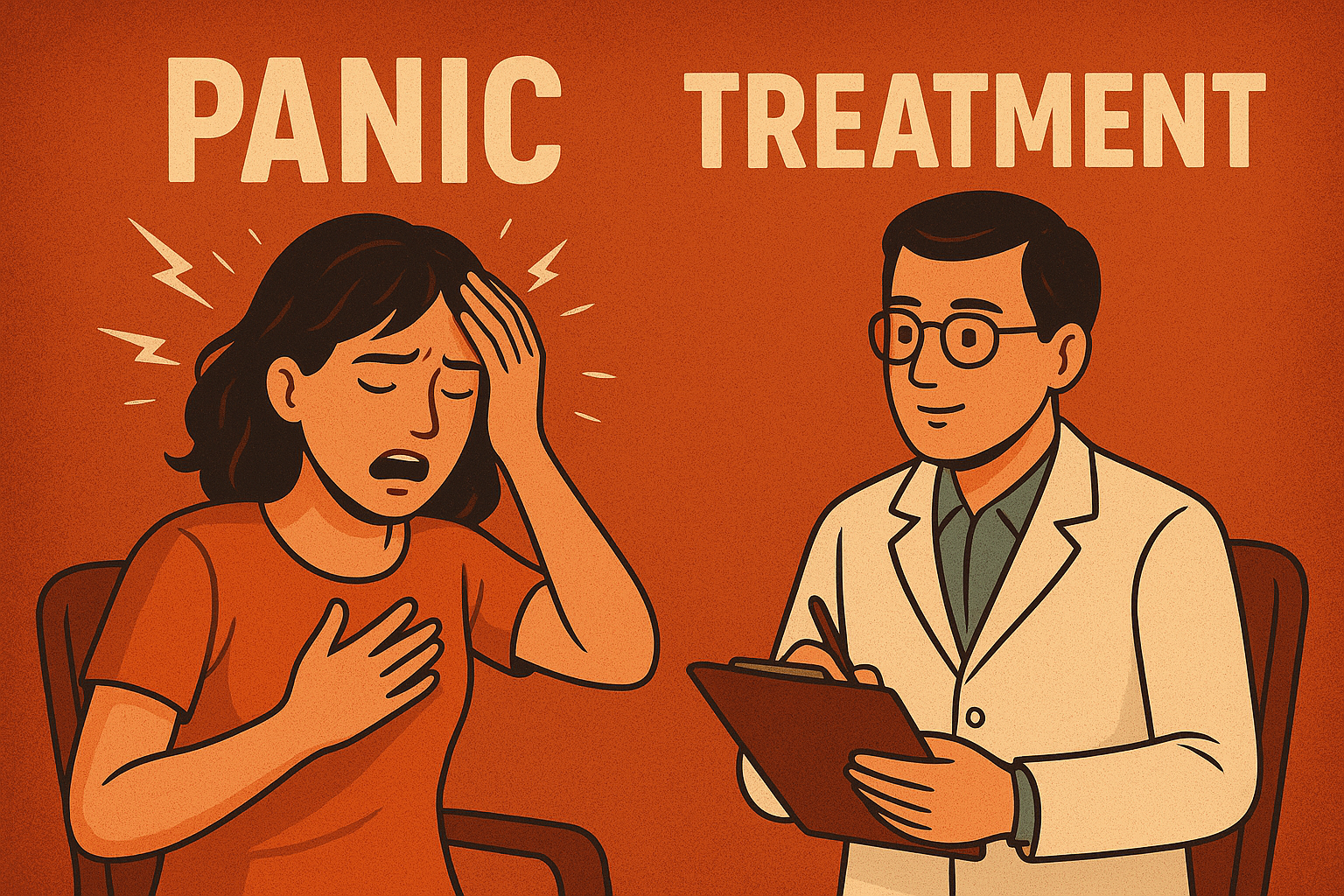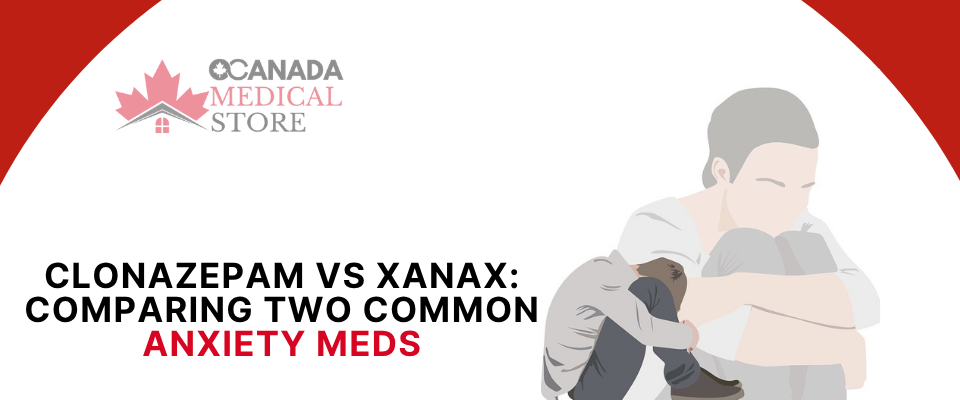Have you been living life in pain recently? Maybe it started a while back as a result of some injury, or maybe it has overstayed its visit for years now.
Everyone experiences pain differently. For some, it can be a dull ache in their backs. But it can turn into a torment when it starts interfering with your daily activities and special events. Many of us will do anything, from popping pill after pill to acupuncture therapy, to find relief.
But the question is- what actually works in managing pain? Not all strategies work, and neither are they safe.
It can be overwhelming to know where to start, which is why we have prepared a list of the most effective pain management strategies that have proven to work wonderfully.
What is Pain Management?
Pain management refers to regulating intense pain through medications and other physical or behavioral techniques. There are plenty of approaches to managing pain once you identify the cause, and can significantly improve your quality of life.
Pain is complex and can last either for some days and go away as you heal (acute pain) or stay for years (chronic pain). It’s important to note that seeking help from a professional doctor is necessary to avoid techniques that may worsen your condition.
With all that in mind, let’s explore the effective strategies that can potentially relieve your pain.
Find the cause of your pain
Pain acts as a communicator and tells you that something is wrong with your body and needs attention.
It can be due to-
- Injuries (for example- burns, cuts, bruises, muscle sprains, bone fractures)
- Medical illnesses (for example- arthritis, appendicitis, migraine, cancer, PCOD)
- Medical procedures (surgeries, injections, dental work)
- Psychological trauma
Finding the actual root cause of your pain is essential to know how to tackle it.
Heat and Cold Therapy
One of the safest and most affordable techniques for pain management is applying heat or cold to the affected area. This provides short-term relief, and you can use anything that comes in handy- even a bag of frozen peas!
However, it’s important to know when to use heat and when to use ice. While ice can be used for acute injuries and inflammation as it reduces blood flow to the applied area, heat helps in muscle pain or stiffness by improving blood flow.
Massages
Massages are more than leisure indulgences and work well in relaxing tender muscles, tendons, and joints. It is particularly helpful for pain management in the back, knees, hands, and neck areas.
You can either consult a massage therapist or indulge in self-massaging techniques like kneading your own muscles, applying pressure on certain spots, or using a tool like a foam roller. If the pain is unbearable or worsens with time, visit a professional immediately.
Physical Therapy
Physical therapy involves a series of planned exercises that preserve or improve strength after an injury. Your physical therapist will look for weak or stiff areas and treat the pain by strengthening, pain relief, and stretching exercises.
While physical therapy can be challenging in the beginning, you only get stronger as it proceeds. You will see results in your pain if you stick to the activities and habits that your physical therapist recommends.
Cognitive Behavioural Therapy (CBT)
Sometimes there’s no physical cause for pain, and it may stem from psychological causes like stress or trauma. Such psychological pains are often ignored by people with the phrase ‘it’s all in your head’. But if you’re going through it, you know it’s very real.
Cognitive Behavioural Therapy can help with pain management by helping with your stress or trauma and changing the way you think and feel about the pain.
Acupuncture
Acupuncture is a form of traditional Asian medication which includes inserting thin needles into specific points and areas of the skin. It is said to restore balance within the body and encourage healing by releasing endorphins (natural pain-relieving compounds).
It is usually used for pain management in the following-
- Lower back pain
- Nerve pain
- Menstrual cramps
- Headaches
- Fibromyalgia, and more.
The thought of inserting needles into your body can be a little scary, but with a certified practitioner and sterilized equipment, you can reduce the risks of any harmful side effects.
Mind-Body Therapies
Strategies that help in pain management by treating the connection between mind and body are called mind-body therapies. It can include practicing-
- Yoga
- Mindfulness
- Meditation
- Breathing exercises
Though these techniques don’t erase any existing pain, they do help restore the sense of control over your body. You feel your body and mind relaxing, which loosens up your muscle tension and eases pain.
You can easily try these at home by watching tutorials or following instructors.
Pain Medications
Pain medicines are one of the most effective strategies for managing all kinds of pain- chronic and acute. They’re powerful drugs, which is why it’s always advised to start with a low effective dose for a short period of time and then work on it as needed.
Pain medicines can be classified into-
Aspirin is a household pain medicine used to relieve headaches, period cramps, and migraines.
Paracetamol is an everyday painkiller for pain related to fever, common flu, toothaches, and sprains.
NSAIDs (nonsteroidal anti-inflammatory drugs) can treat a wide range of symptoms, such as fever, inflammations, arthritis, and muscle stiffness.
Opioids are prescribed to treat severe pain, which may not find relief from other pain medications. It is particularly used for pain after surgery or in cancer treatment.
Antidepressants can help ease pain from nerve damage, fibromyalgia, pelvic pain, etc.
While some of these medications are available over the counter, others require a strict prescription from a doctor. Always beware of any side effects and interactions with other drugs.
Who should I see for pain management?
If you’re not aware of the cause of your pain yet, consult a general physician or doctor first. They can prescribe medicines based on the cause or suggest physical therapies and techniques. You can further consult a pain management specialist.
If your pain is psychological or cannot be managed, cognitive behavioral therapy or techniques like yoga and mindfulness might work.
Conclusion
No one should have to suffer through pain every single day if it can be managed. Although some types of pain might never find relief, pain management aims to reduce it.
It’s natural to feel hopeless at first, but putting trust in your doctors, pain specialists, and therapists can greatly help in reducing pain. If you feel like just one strategy is not enough, you can always combine more.
In the long run, pain management can help you regain your quality of life and resume your daily activities without much strain.
Frequently Asked Questions (FAQs)
1) Who needs pain management?
Anyone suffering from pain, either acute or chronic, can gain relief from pain management.
2) What is the main goal of pain management?
The main goal of managing pain is to reduce pain by taking the lowest dose of medication.
3) Can I treat my pain at home?
You can manage your pain at home by using over-the-counter medicines, heat or cold compresses, or exercises.
4) What are the risks associated with pain management?
Risks associated with pain management can differ from person to person. Overdosing medicines and practicing the wrong therapies can even worsen your pain.
5) How to create a pain management plan?
You can create a pain management plan by consulting your healthcare provider or a pain management specialist. They will do an initial assessment and then determine a combination of techniques that will be most effective for your needs.




